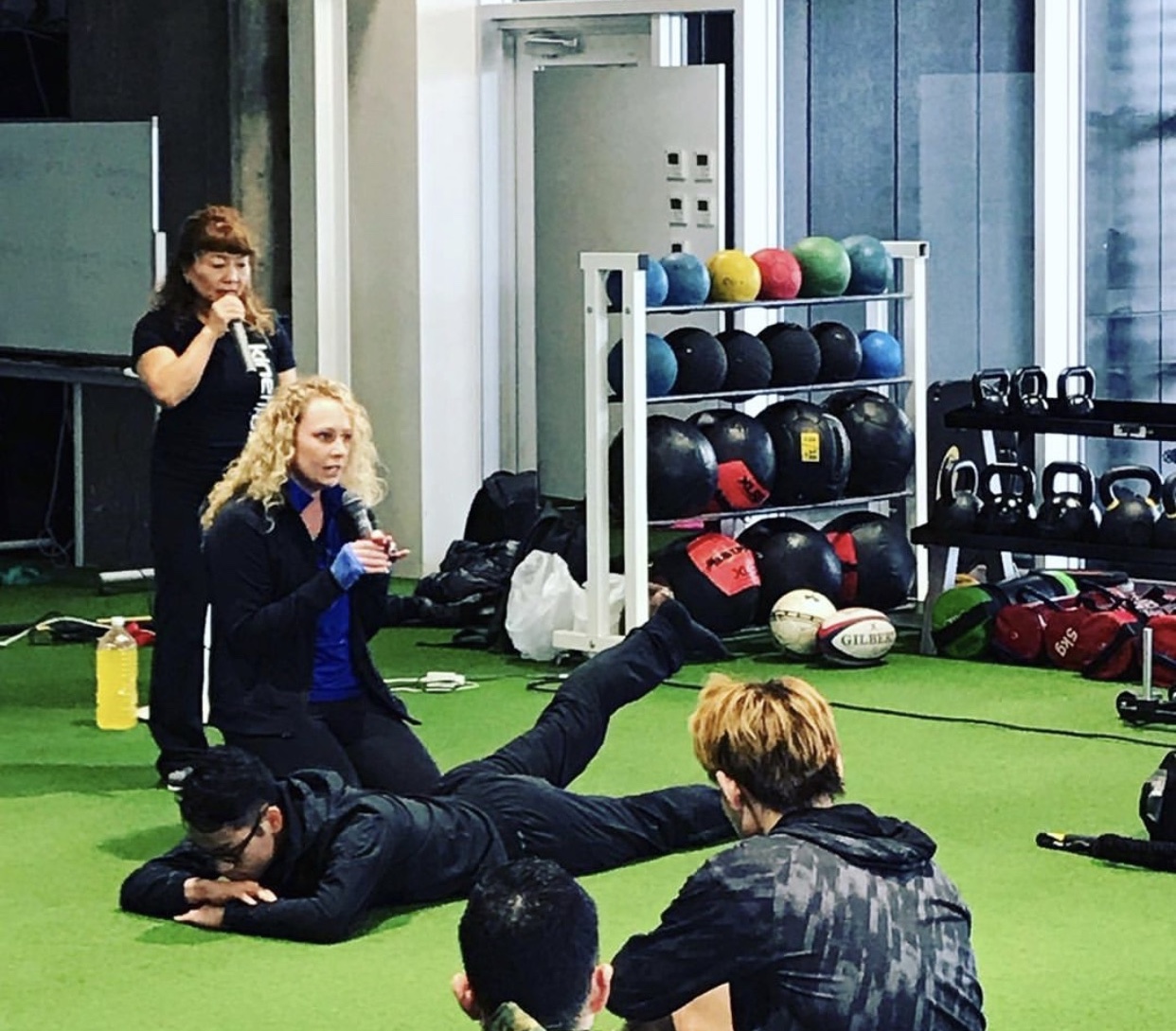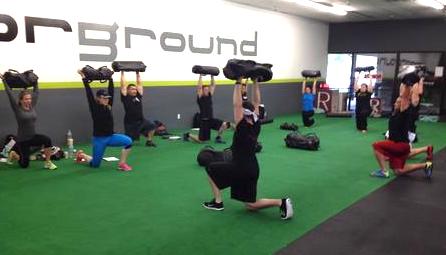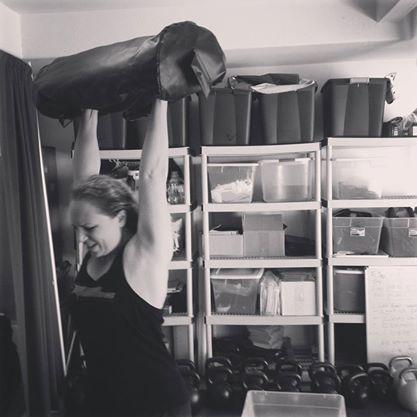The Secret to Solving Shoulder Pain
2022-03-16
Jessica Bento, Physical Therapist (Creator DVRT Restoration, DVRT Rx Shoulder, Knees, Pelvic Control, & Gait Courses)

When it comes to shoulder pain we often need to be thinking more outside of the box, meaning often times shoulder pain is a symptom of something else going on.
Physical therapist, Diane Lee, has a great saying, “the victims always scream louder than the criminal.” What does that mean? She pointing out that we often have something hurt and think WHERE it hurts is where the problem is being caused. However, the more you look at functional fitness and issues like shoulder pain you will see that it quickly becomes a much different picture.
If we understand that everything comes from the ground up, we begin to see that everything in our body is based upon how strong of a foundation we possess. The more we go up the body, the more joints and areas of the body we have to consider when we look at issues like shoulder pain. The point of looking at concepts like Thomas Myers popular “Anatomy Trains” is to understand how interconnected the body really is in movement.

Looking at how high up the body the shoulders sit, it means they are impacted by the foundation of the feet, hips, and core. This has been something we have covered a lot in discussing ideas like Strength Coach, Mike Boyle, and physical therapist, Gray Cook’s “Joint by Joint Approach”. The idea that the body is connected is the foundation to functional training and changes how we see training the body.

Instead of trying to isolate the shoulder and make the body work in isolation, we want to see our training connect the body through exercise. That means developing a strong foundation with the feet and the hands. Josh has spoken a great deal about the importance of the feet and hands in training because they are! Famous physical therapist, Gary Gray, founded the concept of “Chain Reaction” which goes into great detail how force entering the body goes through a large chain reaction up the body impacting everything from head to toe. The fascial lines that Thomas Myers discusses is a very similar concept of showing how something at the feet and hands can impact parts of the body that seem unrelated. That is why shoulder pain can’t JUST be the shoulder. Even when the shoulder shows dysfunction we should still integrate, not isolate.
Some people think that the most unique aspects of our education programs is the “new” exercises they learn. The reality is the power is in the little details that make a HUGE impact upon your training. For example, we like to use the half and tall kneeling positions to teach people how to avoid shoulder pain and understand how to use their bodies smarter.

We can be in those positions, but unless we are actively using the ground, their benefits are very small. Using the feet to drive into the ground allows us to start creating a foundation with the feet, legs, glutes, and core. Relaxing our feet gives us no foundation to have our shoulders work from and forces unnecessary isolation of the shoulders that can cause shoulder pain to actually increase.
Such a foundation helps half what the body needs. Using the hands is the second half. Working in creating specific tension techniques against the implements we use can instantly decrease shoulder pain by taking stress through the entire body, not just the shoulders. This tension with load is how we build up rotator cuffs, improve upper body mobility, and instantly improve strength!

Actively pulling the USB apart or how we create tension on the handles plays a big part in the result we get from our training.
Having battled shoulder pain since I was a teenage swimmer, I get the frustration that injuries cause and decrease your desire to want to strength train. When I met Josh, I was mostly doing some aerobic activity and VERY light strength training. That was because I was more afraid about hurting myself and thought strength training meant I would have to hurt.
Josh transformed a lot of that for me as he taught me the keys of not focusing on pushing a weight up or out as much as driving my body down. Not only was I able to decrease shoulder pain almost instantly, but I was able to start doing push-ups! Something that even though I had been a high level athlete, really struggled in performing and doing so without shoulder pain!

The challenge comes into how do you teach people how to push down instead of pushing up or out. That is why our Press Outs are such a foundation to our training programs. From the outside they look like a confusing exercise, are they a chest exercise, what are we doing? The real goal of Press Outs is to teach pushing down in the feet, creating tension in the hands to stimulate the lats and to use the chain of the feet, core, and lats to press instead of the shoulders.
We will often use lifts and chops or diagonal patterns when it comes to addressing shoulder issues. Often times people wonder why I show so many lift chop progressions but its because of the below regarding diagonal patterns:
…”produces greater adaptive plasticity as the neural recruitment increases and dorsolateral prefrontal cortex and the primary motor cortex changes when compared to single plane movements [1].”
You might be saying what the?! It basically means there is more muscle recruitment and its the way our body is meant to move.
If you want to find out more of physical therapist, Jessica Bento’s programs don’t miss our great sale on BOGO sale on our DVRT workouts and Online Courses HERE
View this post on Instagram
You will see below much more integrated shoulder work along with diagonal patterns as well
View this post on Instagram
Park, Shin Jun, and Seunghue Oh. “Effect of Diagonal Pattern Training on Trunk Function, Balance, and Gait in Stroke Patients.” Applied Sciences, vol. 10, no. 13, 2020, p. 4635. Crossref, https://doi.org/10.3390/app10134635.
© 2025 Ultimate Sandbag Training. Site by Jennifer Web Design.







